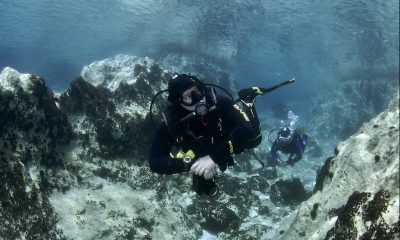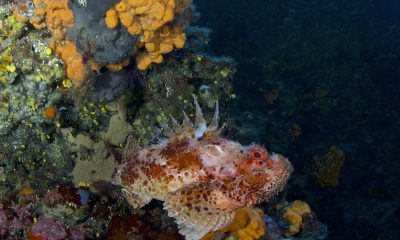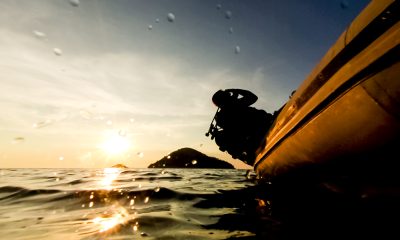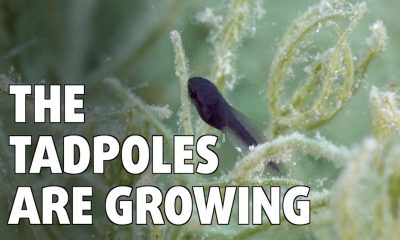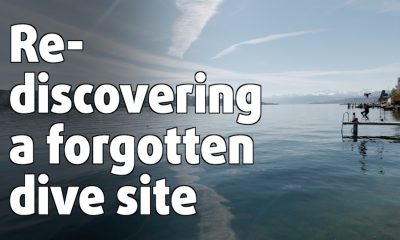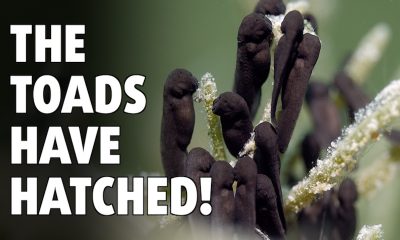Blogs
Dive Notes from a Small Island: Part 4 – North East England & Scottish Borders

After a week’s break back home to dry our kit off and see the family we headed north to explore what the East coast near the Scottish border had to offer us. I had visited the Farne Islands several years ago and did some great diving with seals, so I was keen to share this fun experience with Mike. I also wanted to explore the diving off St Abbs, which I had heard great things about (both boat and shore diving) from many UK diving friends. Since we were late in the season trying to book we were very fortunate to get two spots on Marine Quest’s boat going out of Eyemouth and with Sovereign diving out of Seahouses, on consecutive days.

We drove up the day before to find a flat calm sea, sun and excellent visibility looking out from the coast at Bamburgh. Of course, by the following day, in Eyemouth, we were greeted with thick fog, a huge tide and deep swell (down from Norway apparently). I was relieved we had booked boat diving, as shore diving was definitely out of the question, but despite the less than ideal conditions, our skipper Iain found us two sites with some shelter to enjoy!

Dive 10: Fast Castle, St Abbs
Site description:
Above the surface this site sits beside some very impressive cliffs round from St Abbs Head, at the base of the cliffs the rocky beach shelves off into the water and this slope continues down to rocky reef below. The dive is on this sloping reef with rock and gullies down to plateau at 20m. Known for the life on the reef and being a sheltered location, this makes for a great and safe dive in trickier conditions.
The Dive:
For us this dive started at 12m, as the swell would have been too dangerous in shallower water. The conditions were pretty awful, it felt rather like being washing machined in green murk, however, as promised, Iain had managed to find us a spot where we weren’t being swept along by the tidal flow as well and this gave us chance to appreciate the fantastic reef life. Over our 50mins at a max depth of 19m we saw more lobster than I could count, squat lobsters in every nook and cranny, crabs and shrimp. The rocks had dead men’s fingers all over them down to where the rock plateaued beneath us at approx. 20m, from about 18m onwards the rocks were carpeted in brittle stars. We had a good explore given the visibility and saw lots of macro life, followed by a big and very grumpy looking scorpionfish, which was our treat at the end of the dive as we deployed the SMB.

Mike’s thoughts:
As we descended into the pea soup it took a while for my eyes to adjust enough to spot the approaching bottom (let alone keep my buddy in sight). We managed to stay together and found that despite the challenging conditions the sea life was abundant, and quite interesting. The variety of crustaceans in particular was amazing with all different sizes and types of squat lobster and shrimp. We also saw an explosion of juvenile brittle stars covering hundreds of square meters of the bottom, so dense in places they were two or three layers deep and covering other species of starfish. Composing a macro photo was difficult with the surge but there was no shortage of subjects on which to try and I got lucky with my camera’s auto-focus for a few shots as I swung back and forth in the surge.

Dive 11: The Horn, St Abbs
Site description:
The Horn Reef got its name as St Abbs Head fog horn can be seen from the boat if you are directly over the reef (and it’s not foggy!). The reef lies directly offshore from St Abbs village and begins at 17m running parallel to shore. There are a series of mounds or high points, with gullies in between at approximately 20-22m. Heading seaward, the reef shelves off to a wall which has an abundance of life.

The Dive:
We had better conditions on the surface and first 3m, unfortunately we then experienced decreasing vis and a big swell as we descended using the shot line. The shot went to the top of the reef at about 17m, and we could see other mounds separated by gullies at about 20m. The rocks were covered in life, mainly dead men’s fingers, interspersed with cup corals. We pottered about, spotting small stuff while circling the approximate location of the shot line, not bothering with the wall, given our decreased bottom time, it being our second dive and the less than stellar conditions. Again we saw huge numbers of shrimp, squat lobsters and lobsters and several nudibranch eggs on the algae keeping us well entertained us on this surgy 40minute dive. I would love to come back to this site on a day with better conditions, as the life on the wall must be fantastic and the topography impressive if you could see to appreciate it. I can definitely see why St Abbs has such a great reputation for diving. I would also highly recommend Marine Quest as they were very accommodating and quick to reply to our diving inquiry and provided excellent and knowledgable service on the boat. We were treated to delicious ginger cake washed down with multiple cups of coffee both in the surface interval and after the second dive. What is possibly more upsetting than the weather conditions, is that I forgot to ask for the cake recipe!
Mike’s Thoughts:
As with our first dive of the day I could sense the potential here in better conditions. As it was I enjoyed seeing glimpses of the small stuff when I wasn’t caught in the swells. I also should have known after ten dives in the UK that I should have brought a good torch with me. Rather than focusing on taking pictures, I’d probably have had a more relaxing dive just exploring the reef with a decent light! It was still interesting to see baby squat lobsters perched on the dead men’s fingers, the usual abundance of larger crustaceans in the crevices, and even a new (to me) pea-sized nudibranch. A return visit in better conditions would be in order!

Arriving in Seahouses the weather hadn’t improved and we were anxious about not being able to dive, when another dive boat cancelled. However all was ok; it turned out the other boat had done the sheltered sites yesterday and with another huge tide and large swell other sites were off limits. For us however, the seals dives were still a go!
Heading out we went to the north side of the Megstones and found a sheltered area with a large number of grey seals (one-year old pups) and a large number of diving seabirds, including over 100 gannets. Then for the second dive, moved round to see some adults on the rocks near Knoxes Reef.
Dive 12: Megstones, Farne Islands
Site description: This 10m dive is just off the north side of the Megstones. The rocks slope down from the island down to 10m where kelp and a gravelly bottom provide a playground for the inquisitive seals. Nice easy dive, with a gully on the north east to explore.

The Dive:
SEALS!!! There were loads! We jumped in under observation from tens of adolescent grey seals and a flotilla of gannets. Descending to about 5m, we were soon sussed out by 8 seals, one or two of which became curious and seemed to enjoy sneaking up on Mike and I to nibble our fins. We had a great 30mins playing with the more curious of the seals, then went for a swim to warm up a bit. Exploring the kelp we found many blue lined limpets and a nudibranch, then returned to the seals. At the end of our dive while putting up the SMB, we were even joined by a shag, which dived down into the kelp beside Mikes head, presumably on the hunt for fish. Our captain Rob was very good at positioning us so we got a great experience with no swell or current and lots of seals. He also took the boat over so we could watch the gannets diving during our surface interval. Brilliant dive all round!
Mike’s Thoughts:
I was pretty excited as our boat approached the dive site because 40 or 50 adolescent grey seals were lounging on the rocks and swimming close to shore. Immediately upon reaching the top of the kelp at 5 meters, we were rewarded with 7 or 8 seals circling us in the water. For the first 30 minutes of the dive we were continually shadowed by the same few seals, tugging gently on our fins and circling us curiously. Unfortunately I missed the shag at the end of the dive, but I did enjoy seeing why the waters were so rich in bird life. Streams of bait fish passed above and around us during the latter half of the dive. All in all, this was a very rewarding experience and highly recommended.
Dive 13: Knoxes Reef, Farne Islands
Site description:
A shallow site, 0-5m, consisting of a kelp bed off shore from a seal colony. Here the main draw is the large colony of mature grey seals that haul out on the nearby rocks. Hundreds can be seen here and although the adults are not usually as playful as the adolescent seals, it is a safe sheltered dive spot where you can be in the water with big seals.

The Dive:
The seals were not as playful on this dive and we caught glimpses of them as they swam off so we kept the dive short and shallow, looking for nudibranchs on the kelp. Finishing off with a surface scuba close to shore to watch the seals popping their heads up at us. Having had such a great first dive we were happy to return to the boat after about 25mins.
Mike’s Thoughts:
Despite entering the water not too many meters from hundreds of seals, they were elusive underwater and we only caught fleeting glimpses of several circling around us 8-10 meters away. It was still nice to see so many seals from the surface though, and as with all wild animal encounters you just never know how it will turn out.
Blogs
Why Skopelos should be your next summer dive destination!
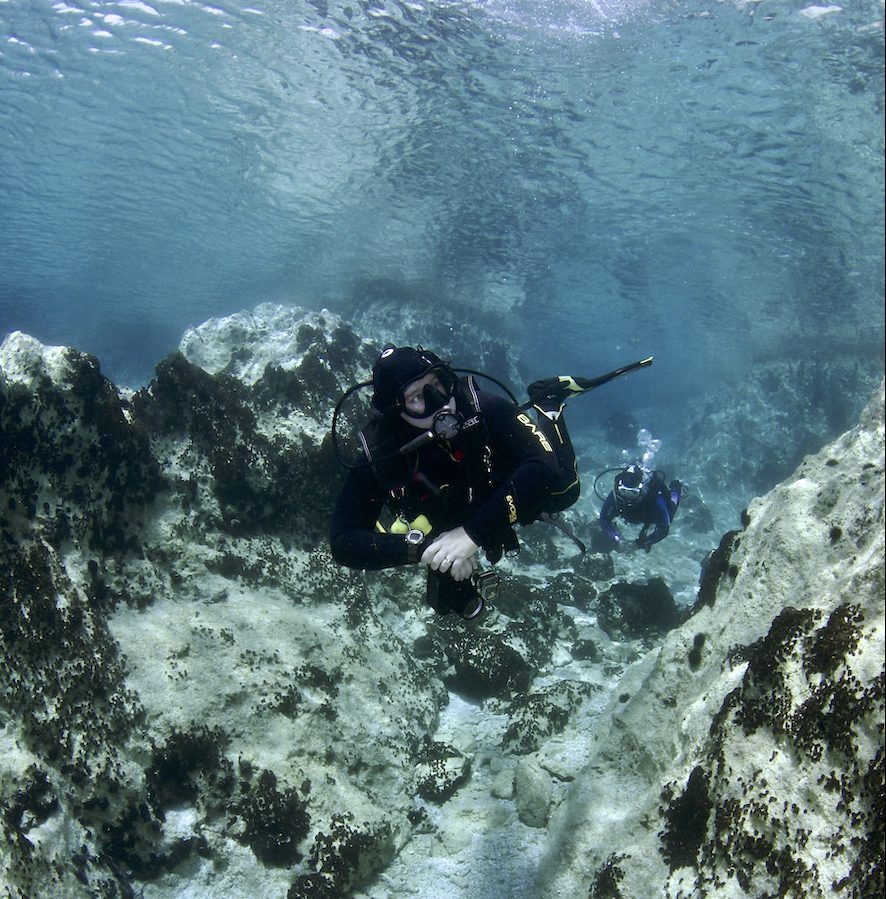
Earlier this year we were given a fantastic opportunity to visit Skopelos in the Sporades Islands in the northern Aegean Sea. This green, mountainous island sits at the edge of the largest marine park in Europe, the National Marine Park of Alonissos and Northern Sporades. We were to focus primarily on scuba diving, but during our short stay we were especially impressed with the equally diverting topside options in Skopelos.
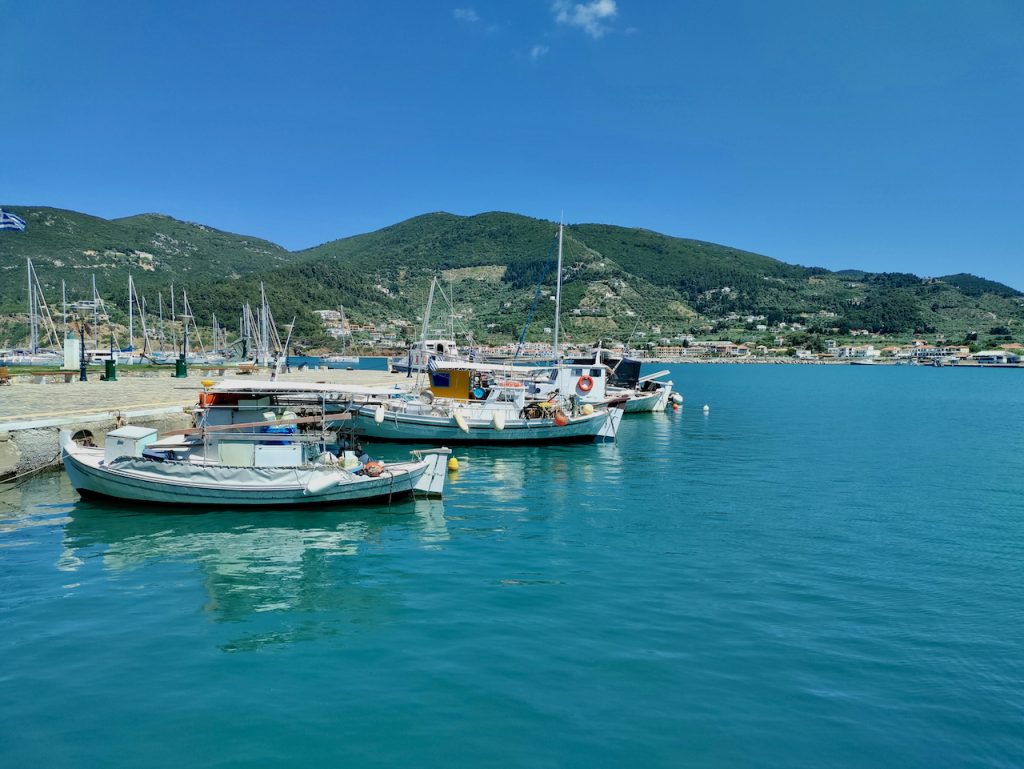
Our short stay meant we just got a glimpse of the great diving on offer, however our hosts at Skopelos Dive Center in Panormos treated us to some brilliant sites just a few minutes from shore. From nudibranchs, shoals of damselfish, large groupers and shy octopus to caverns and swimthroughs featuring rainbows of light. The variety of marine life and topography we encountered was outstanding.
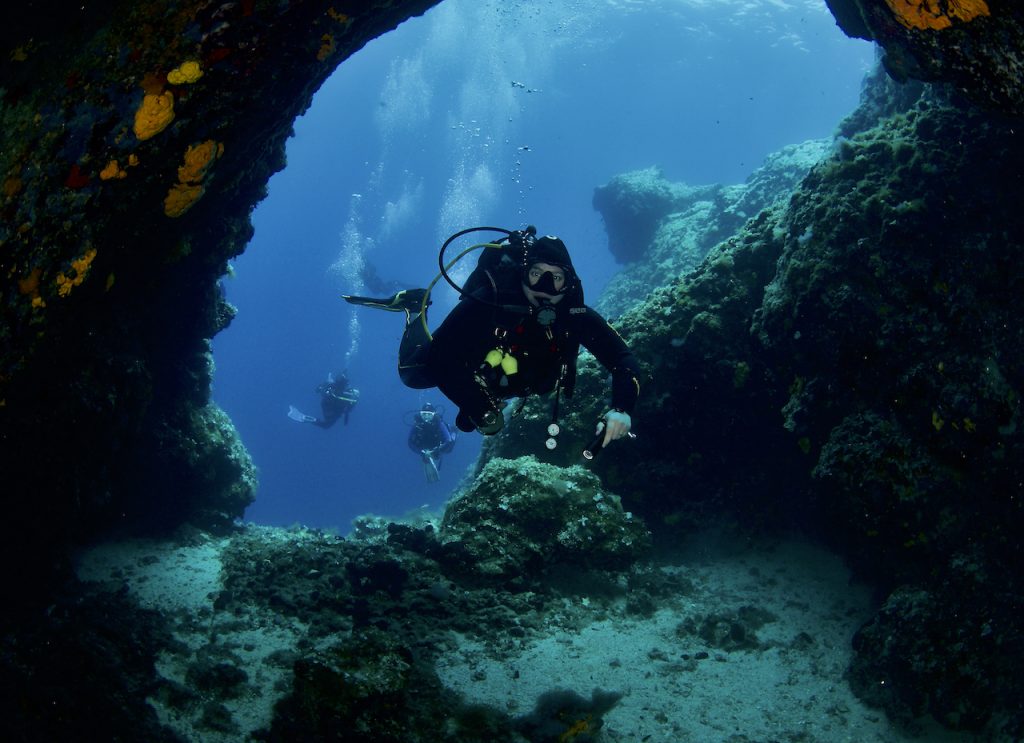
One of the most incredible experiences was the chance to dive the wreck of the Christophoros, an 83m long cargo ship sitting upright on the seabed, with the deck at 32-35m. The large, well preserved and stunning wreck is a joy to dive. It is also located just a 2 minute boat ride from shore in a sheltered and current free location with great visibility, creating the conditions for a great dive. We had a few days of truly wonderful diving and we could certainly spend much longer in this fabulous holiday destination!
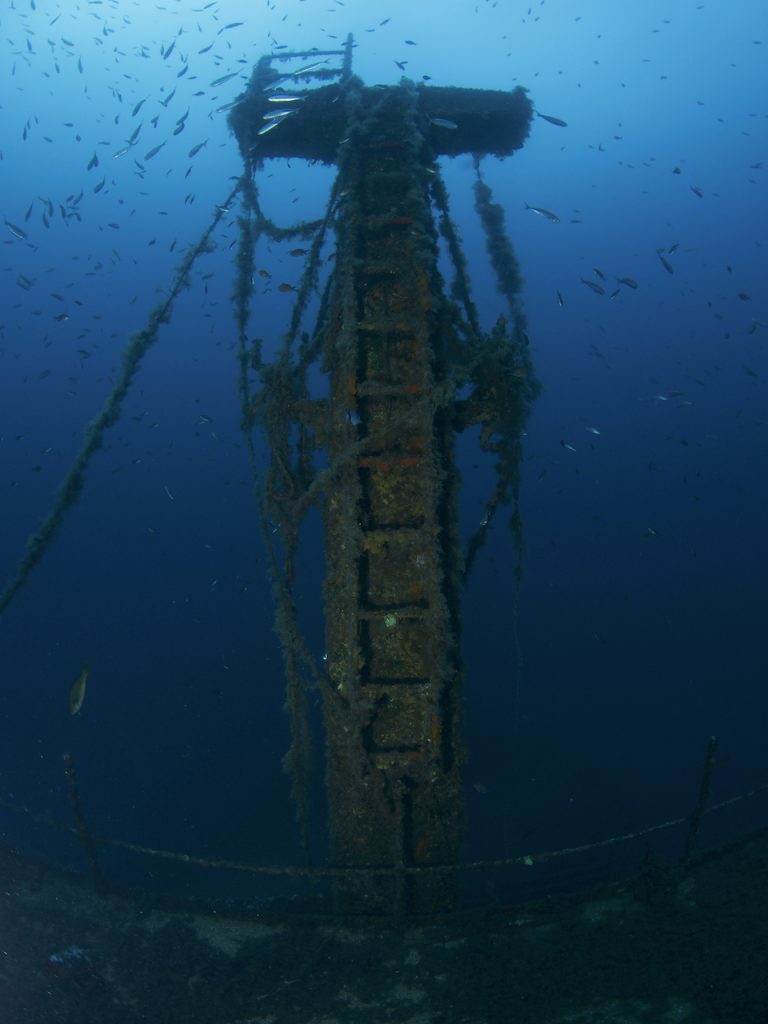
What makes Skopelos special?
This island is one of the less visited Greek islands with a very relaxed and friendly feel, even though it is really easy to get there – many airports in the UK offer flight connections directly to Skiathos (the hub of the Sporades) May through October. The diving is excellent and there are many dive sites to enjoy. Lastly, the variety of non-diving activities makes for a full vacation experience. Boat trips into the National Marine Park take you to visit secluded beaches and give you a chance to see some amazing wildlife, the Mamma Mia! tours are excellent fun, and numerous small, beautiful seaside villages with great tavernas and beaches are a delight to visit.
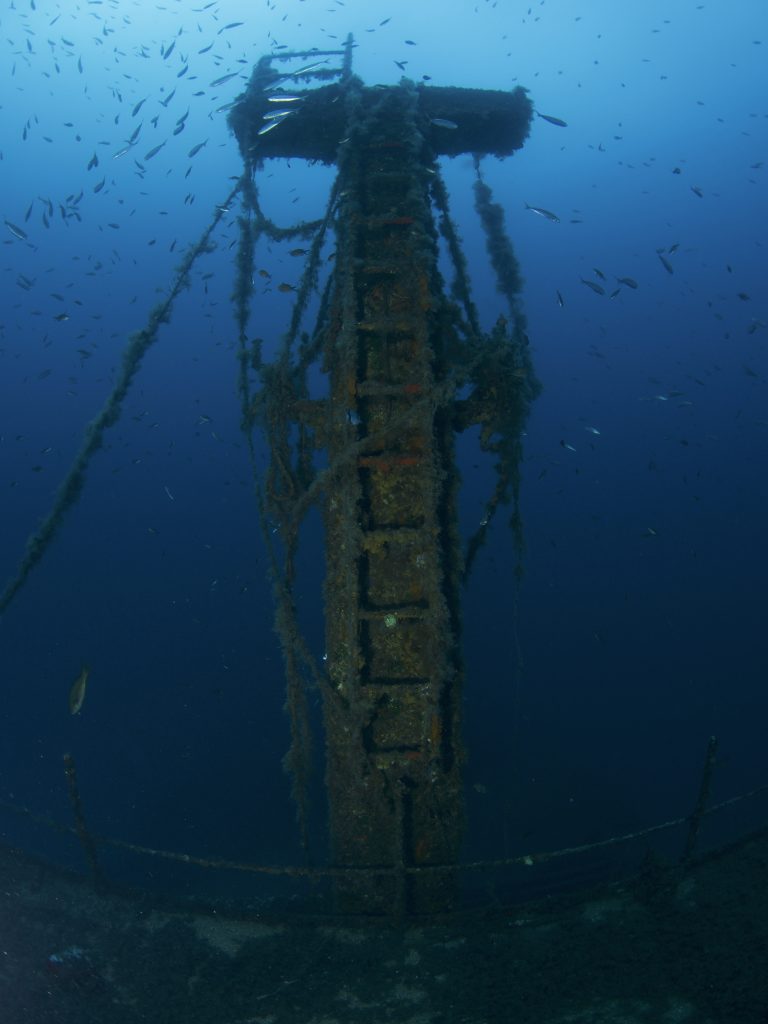
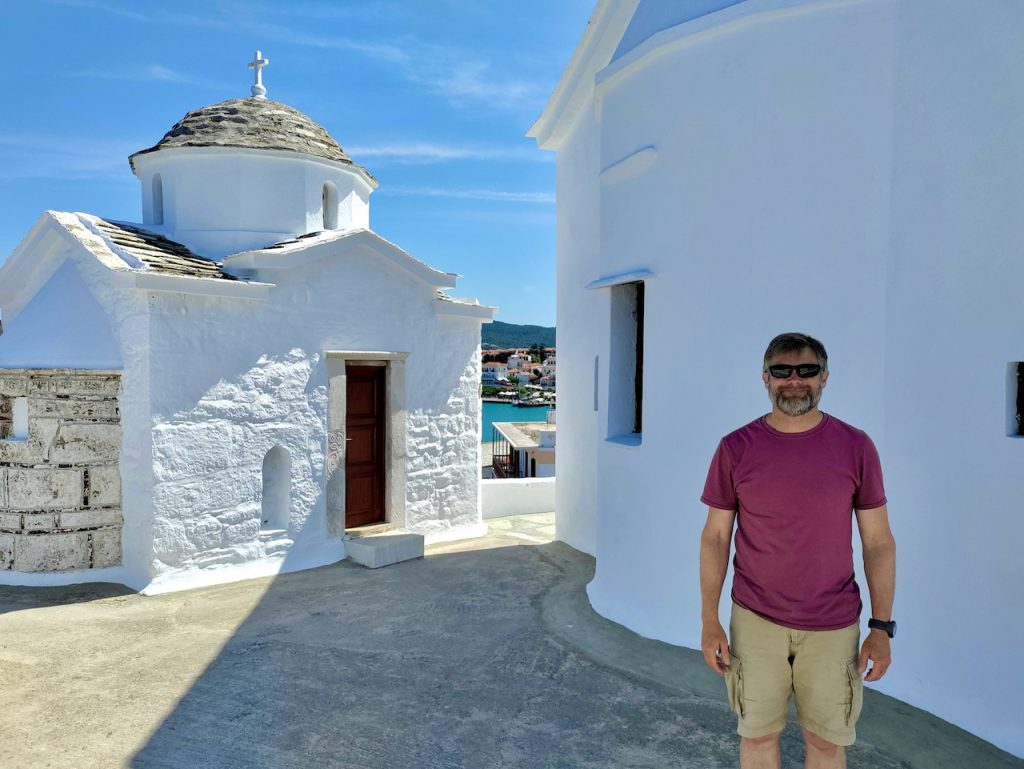
As a destination, Skopelos really has everything you could ask for both for a diving holiday and a fun summer vacation. Look for our full print article in an upcoming issue of Scubaverse’s own Dive Travel Adventures magazine!
Thanks to:
Municipality of Skopelos (https://skopelos.com/)
Skopelos Dive Center (https://sporadesdiving.gr/)
Ionia Hotel (https://www.ioniahotel.gr/en)
Dolphin of Skopelos (https://dolphinofskopelos.com/)
Ta Kymata restaurant (@takymata)
The Muses restaurant (https://www.facebook.com/TheMussesMousses/)
Aktaiov resturant (https://skopelos.com/listings/aktaion-taverna/)
Blogs
Amazing Alonissos – The all round dive vacation destination
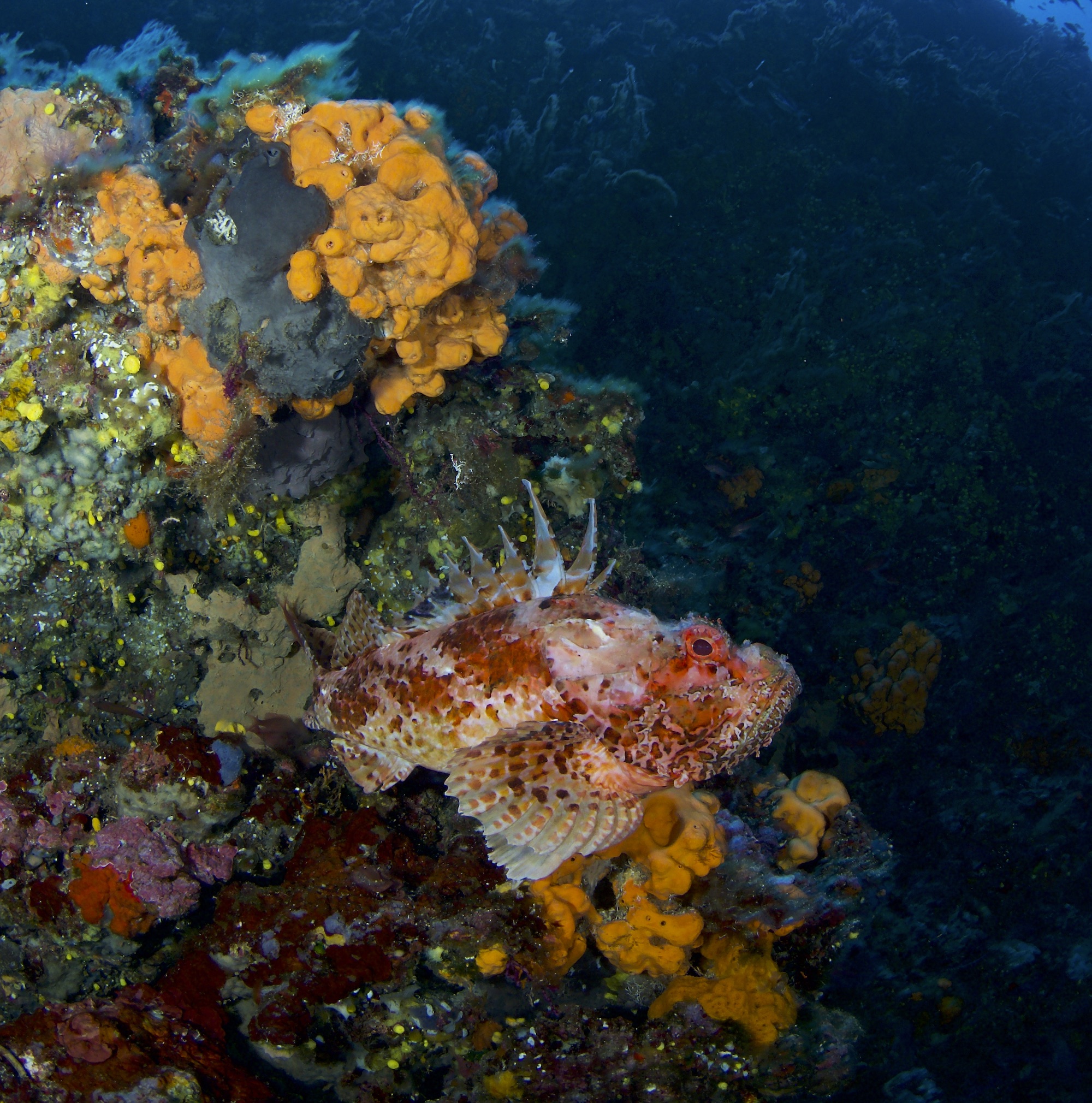
In early summer we were given a wonderful opportunity to visit Alonissos in the Sporades Islands in the northern Aegean Sea. This green and forested island sits at the edge of the Alonissos National Marine Park, the largest marine protected area in Europe. Our main focus was to be scuba diving, but during our short stay we were especially impressed with all of the other activities and experiences available on Alonissos for the discerning vacationer.
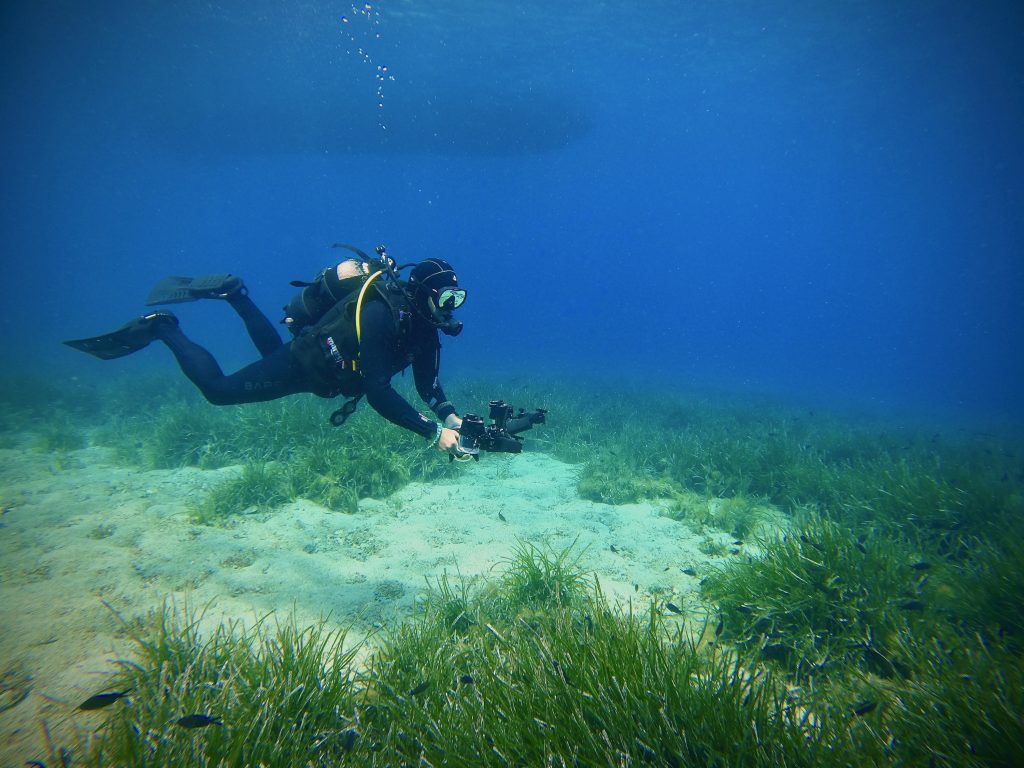
The scuba diving was really outstanding. In contrast to some areas of the Mediterranean, the marine biodiversity here was impressively diverse and abundant. Our short stay meant we just had a small taste of the diving available, however our hosts at Alonissos Triton Dive Center treated us to some exceptional sites from their impressively long list. The variety of marine life we encountered was a delight: large Gorgonian sea fans, many species of nudibranchs, small pipefish to large groupers, octopus, and much more.
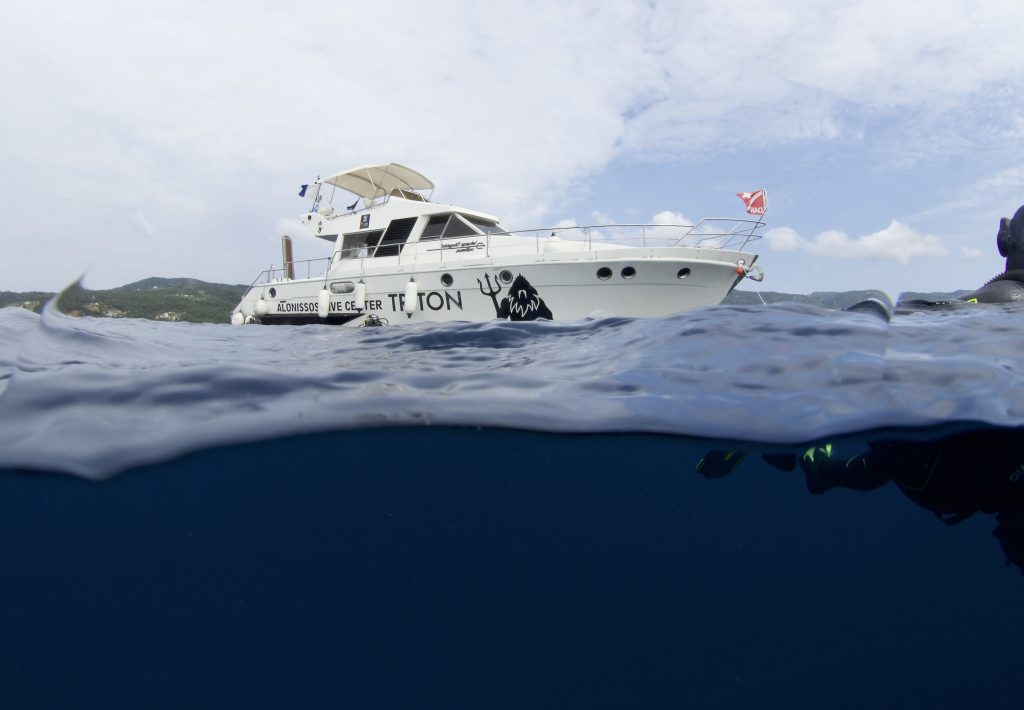
One of the most incredible experiences was the chance to dive the oldest accessible shipwreck in the world, the Ancient Shipwreck of Peristera underwater archeological site from 500 BC … an amazing dive site with a very unique automated underwater museum monitoring system in place to protect its archaeological heritage. It was a busy but hugely satisfying few days of diving and we could certainly spend much longer on this idyllic isle!
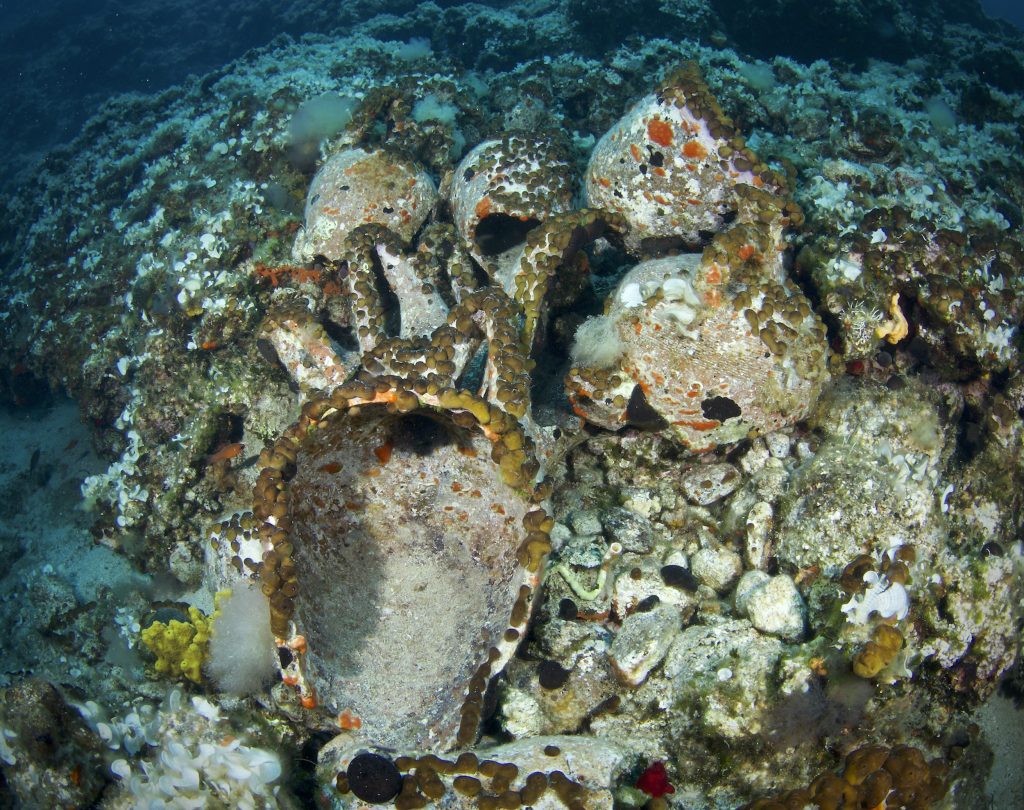
Greece has a huge number of beautiful islands to visit, so why choose Alonissos?
This island is one of the quieter Greek islands and as such has a very relaxed and welcoming feel, where you can find an authentic slice of the Aegean region. And, it is really easy to get there — so many airports in the UK offer flight connections directly to Skiathos (the hub of the Sporades) that you should not have to drive more than 100km in the UK to an airport.
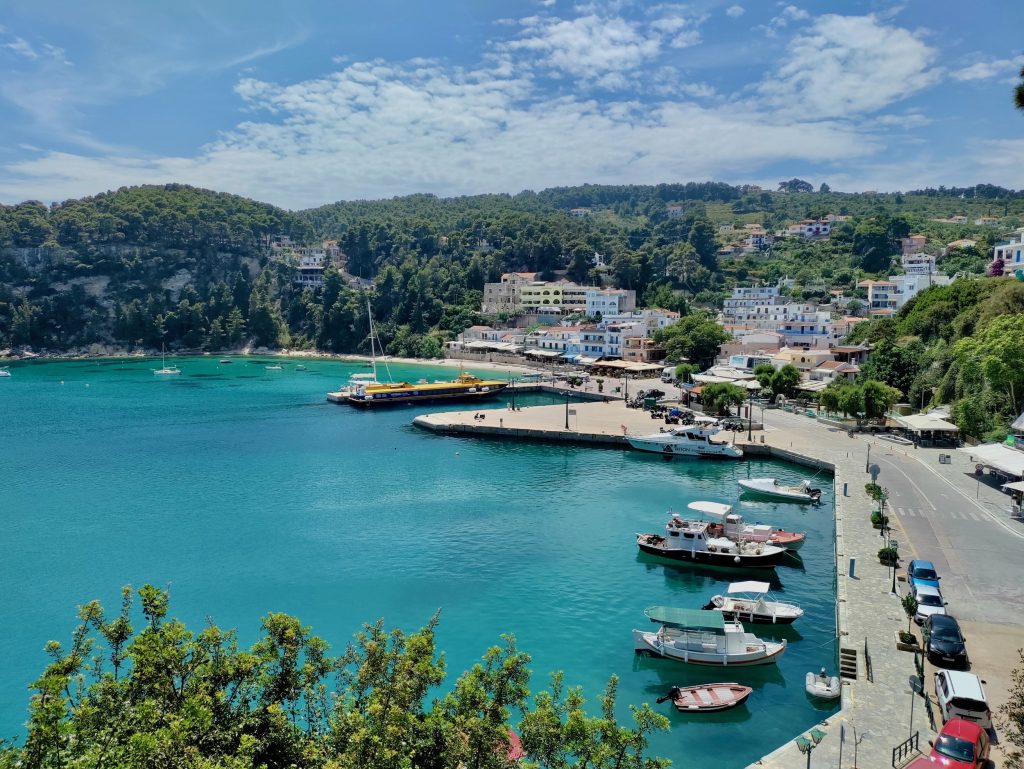
Finally, the variety of non-diving activities is hard to beat. There are boating day trips into the National Marine Park, taking you to visit secluded beaches and giving you a chance to see some amazing wildlife (such as monk seals, Eleonora’s Falcon, and several species of dolphin to name a few). Both the main port town of Patitiri and the old village of Chora are full of interesting shops, charming alleyways, and restaurants with delicious meals. As an added bonus, the Alonissos cheese pie is a particularly moreish local specialty!
As a holiday destination, Alonissos really had everything one could ask for. Look for our full print article in an upcoming issue of Scubaverse’s own Dive Travel Adventures magazine!
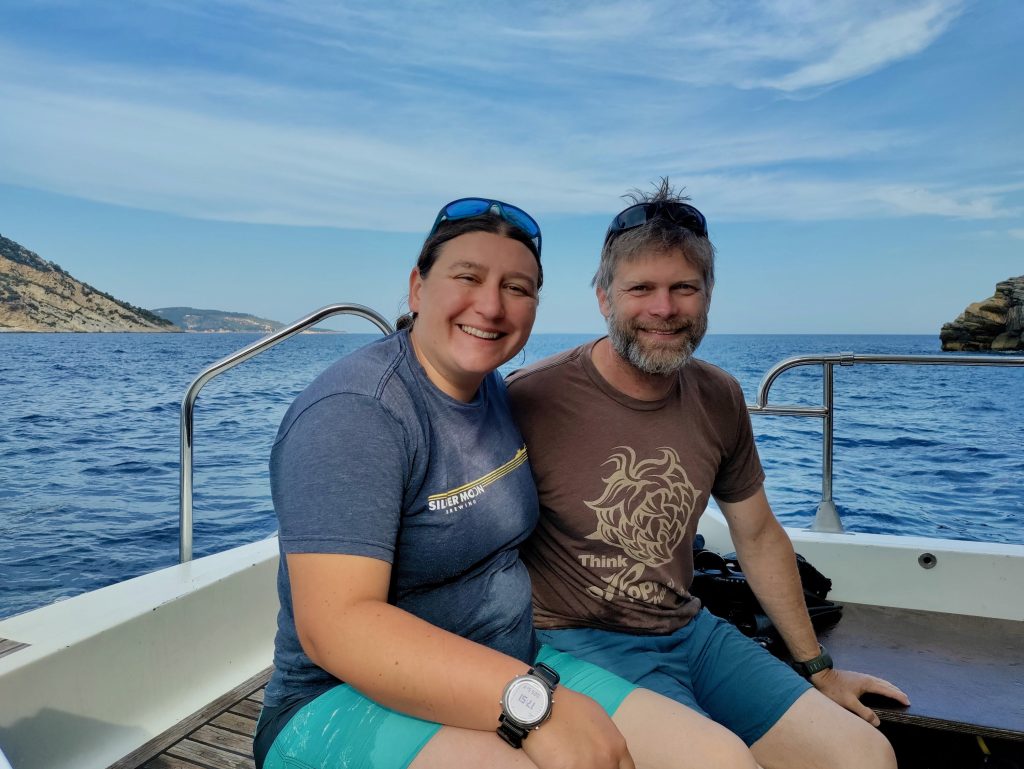
Thanks to:
The Municipality of Alonissos (https://alonissos.gr/en/)
Alonissos Triton Dive Center (https://bestdivingingreece.com)
Alonissos National Marine Park (https://alonissos.gr/en/marine-park/overview.html)
Paradise Hotel (https://paradise-hotel.gr/)
Albedo Travel (https://alonissosholidays.com/)



